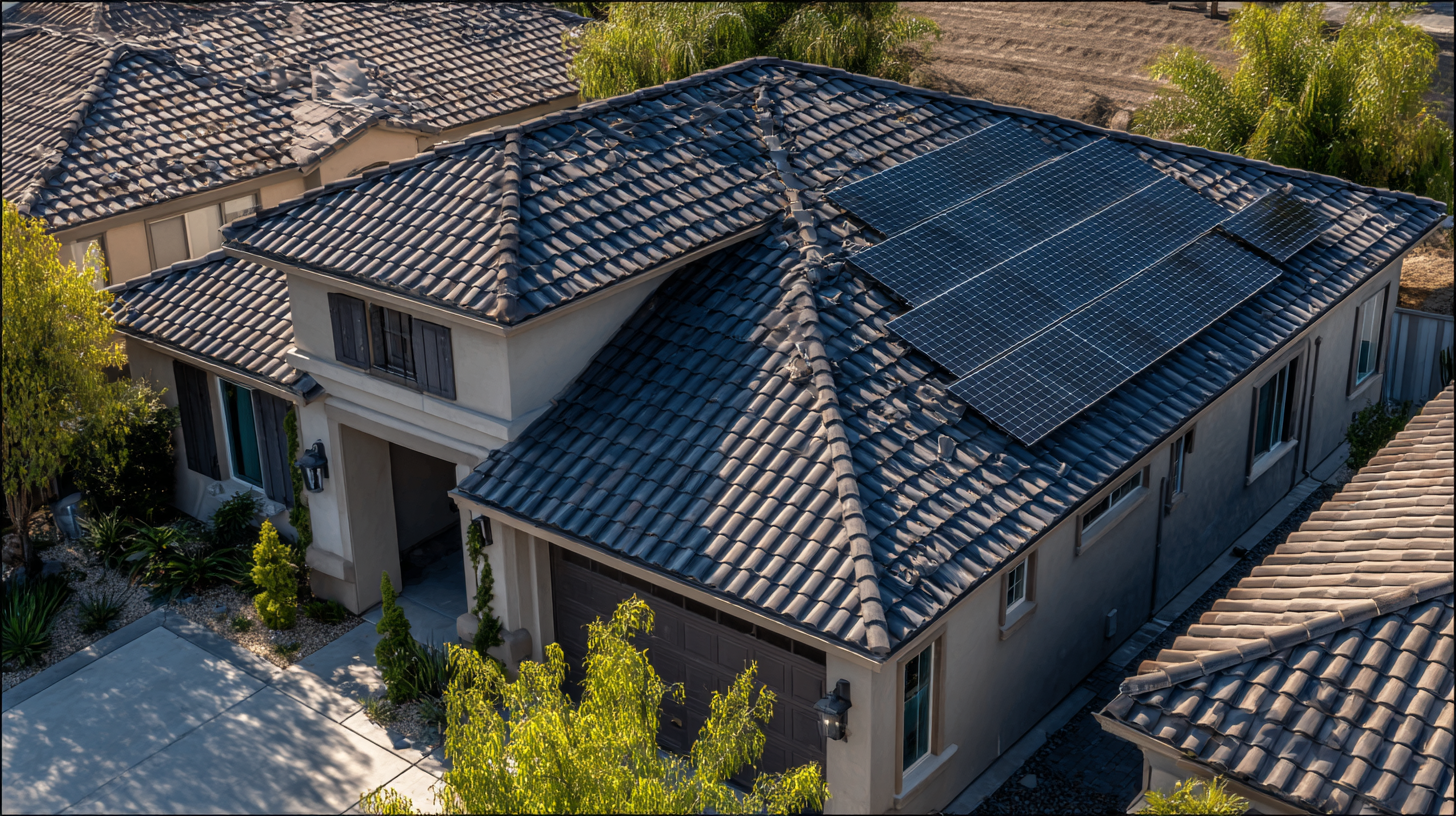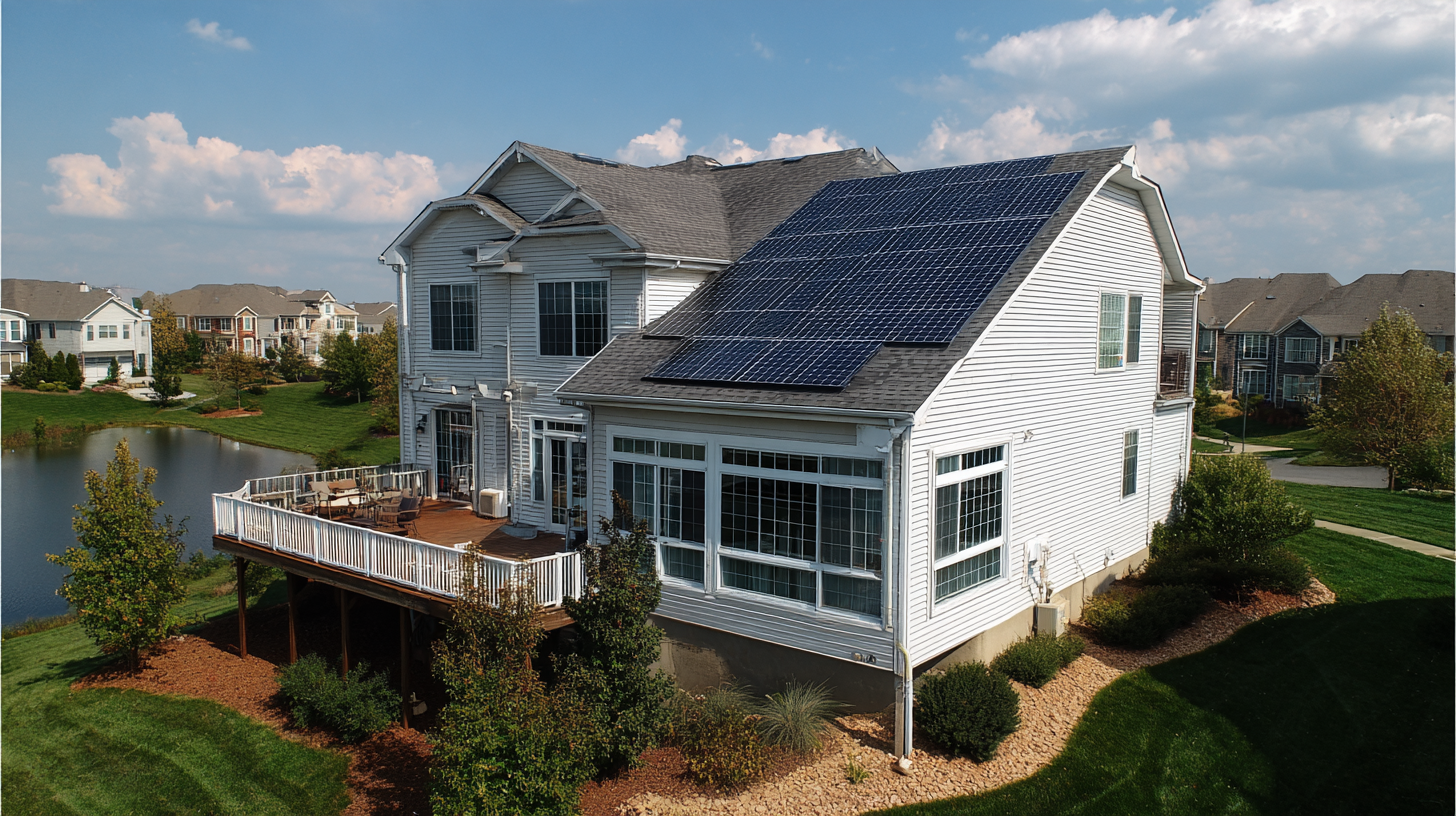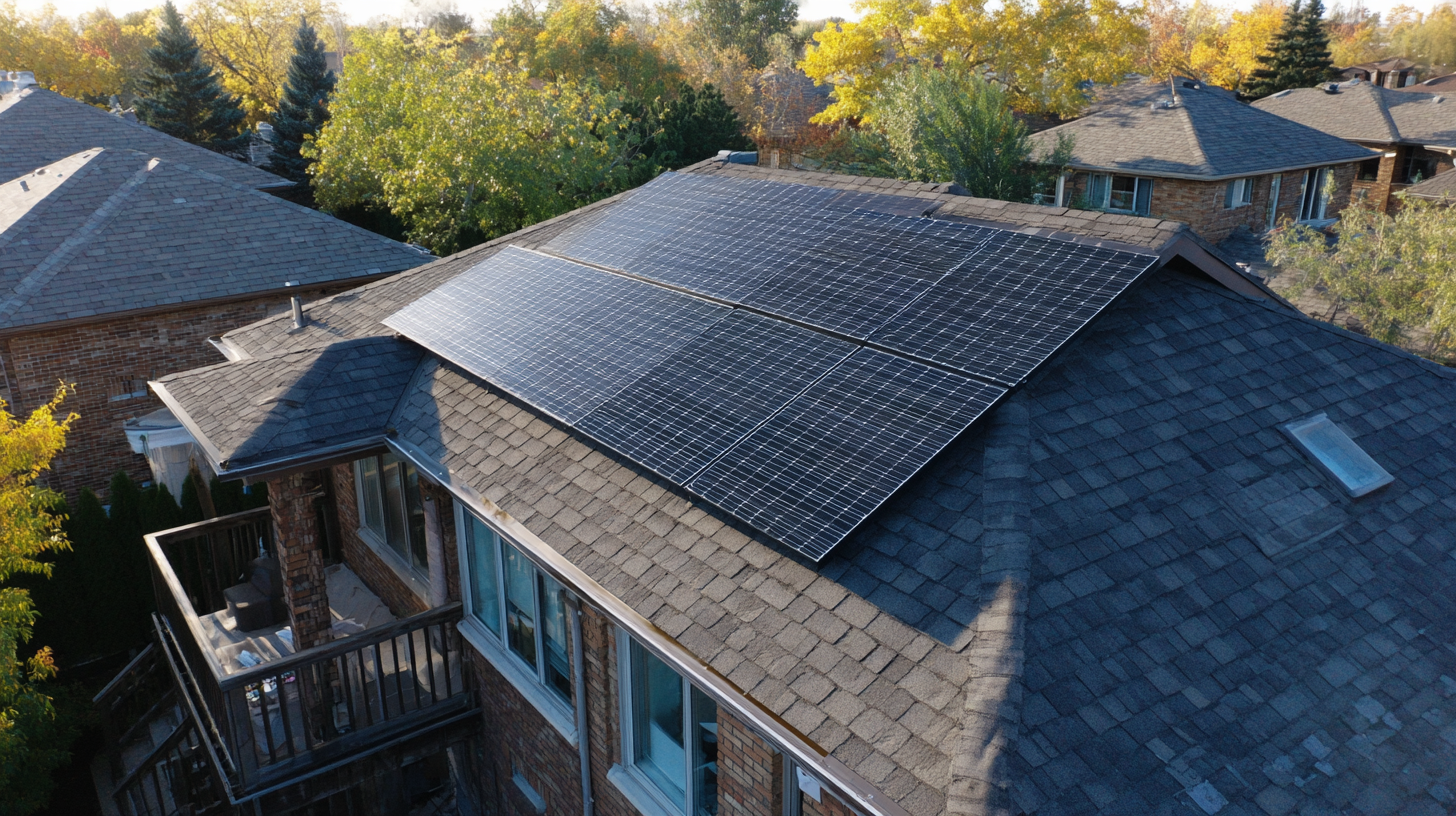Blog
How to Maximize Energy Savings with Solar Installation for Your Home
As homeowners increasingly seek sustainable solutions to reduce energy costs, solar installation has emerged as a leading option, offering both environmental and financial benefits. According to a report by the U.S. Department of Energy, residential solar installations have increased by over 167% in the past decade, reflecting a growing trend toward renewable energy sources. By harnessing solar energy, homeowners can save an average of $20,000 on energy bills over 20 years, depending on their location and energy consumption patterns. Moreover, advancements in solar technology have led to higher efficiency rates, with some systems converting up to 22% of sunlight into usable energy. This blog will explore practical strategies to maximize energy savings through solar installation, ensuring that homeowners can not only contribute to a greener planet but also enjoy substantial long-term savings.

Understanding Solar Energy Basics for Homeowners
Understanding the basics of solar energy is essential for homeowners looking to maximize energy savings through installation. Solar energy harnesses sunlight and converts it into electricity, which can significantly reduce your utility bills. By understanding how solar panels work, you can make informed decisions about the size and type of system that best fits your home’s needs.
Tip: Before installation, assess your home’s solar potential. Consider factors such as roof orientation, shading from trees or buildings, and the amount of sunlight your area receives throughout the year. A professional solar assessment can provide insights tailored to your specific situation.
Another important aspect is choosing the right solar panel technology. There are various types of solar panels, including monocrystalline, polycrystalline, and thin-film. Each type has its pros and cons in terms of efficiency, cost, and space requirements. Make sure to compare the options and select the one that aligns with your home’s energy needs and budget.
Tip: Don’t forget to explore financing options and incentives. Many states and local governments offer tax credits, rebates, or low-interest loans for solar installations, making the transition to solar energy more affordable. These incentives can significantly enhance your overall savings over time.

Evaluating Your Home's Energy Needs Before Installation
 Before diving into a solar installation, it's crucial to evaluate your home's energy needs. This assessment serves as the cornerstone for maximizing energy savings by ensuring you choose the right system size and type. Start by reviewing your energy bills from the past year. Look for trends in your electricity usage during different seasons. This insight will help you identify peak consumption times and understand how solar can offset those costs.
Before diving into a solar installation, it's crucial to evaluate your home's energy needs. This assessment serves as the cornerstone for maximizing energy savings by ensuring you choose the right system size and type. Start by reviewing your energy bills from the past year. Look for trends in your electricity usage during different seasons. This insight will help you identify peak consumption times and understand how solar can offset those costs.
Next, consider the appliances and systems in your home that consume the most energy. For instance, heating and cooling systems often account for a significant portion of energy use. If these appliances are outdated, transitioning to energy-efficient models can complement your solar installation, further reducing your energy consumption. Additionally, assess your home’s insulation and windows. Proper insulation can help you retain the energy generated by your solar panels, maximizing your investment and ensuring that you harness as much renewable energy as possible. By meticulously evaluating your energy needs, you position yourself for optimal savings and enhanced energy efficiency with solar power.
Choosing the Right Solar System: Panels, Inverters, and Batteries
When considering solar installation for your home, selecting the right components—panels, inverters, and batteries—can significantly enhance energy savings. A key focus should be on microinverters, which have gained traction for their ability to optimize the performance of solar panels by converting DC electricity into AC electricity at the panel level. As per market projections, the global microinverter market size is expected to grow from $4.12 billion in 2024 to $15.4 billion by 2032, with a remarkable compound annual growth rate (CAGR) of 17.92%. This rapid growth reflects the increasing consumer preference for efficient energy solutions.
Choosing quality inverters is essential, as they play a crucial role in harnessing solar energy efficiently. Unlike traditional string inverters, microinverters facilitate greater energy yield—particularly in installations where shading or orientation issues may affect performance. Additionally, integrating battery storage with solar installations allows homeowners to store excess energy generated during the day, thus ensuring a continuous power supply and further maximizing energy savings. The combination of advanced solar panels, microinverters, and battery systems presents a comprehensive strategy for homeowners looking to optimize their energy savings through solar technology.
Energy Savings by Solar System Type
This chart illustrates the estimated annual energy savings (in USD) for different types of solar systems. Understanding these savings can help homeowners make informed decisions when choosing the right solar installation for their homes.
Incentives and Rebates: How to Finance Your Solar Installation
When considering a solar installation for your home, understanding available incentives and rebates is crucial for maximizing energy savings. Many states and local governments offer substantial tax credits and rebates that can significantly reduce the upfront costs of solar panel systems. For instance, the federal solar tax credit allows homeowners to deduct a percentage of their solar installation costs from their federal taxes, making it a universally appealing option. Additionally, some utility companies provide cash rebates for homeowners who install solar panels, which can further enhance savings.
Financing options also play a key role in making solar installations more affordable. Many homeowners opt for solar loans that allow them to pay for their systems over time while enjoying immediate savings on their energy bills. With options such as power purchase agreements (PPAs) and leases, individuals can install solar panels with little to no upfront payment, paying instead based on the energy produced. Utilizing these financial tools alongside available incentives can make the transition to solar energy not only feasible but also financially beneficial in the long run.
Effective Maintenance Tips for Long-Term Energy Savings
To ensure long-term energy savings from your solar installation, effective maintenance is key. Regularly inspecting your solar panels can prevent minor issues from escalating into costly repairs. Check for dirt, debris, or shading from nearby trees, as these can significantly reduce your system's efficiency. A simple cleaning routine, especially after storms or during heavy pollen seasons, can help maintain optimal performance.
Additionally, consider scheduling professional maintenance at least once a year. Experts can perform a thorough inspection, check the inverter and wiring, and ensure the system operates at peak efficiency. It is also beneficial to monitor your energy production via online tracking tools; this allows you to spot any discrepancies and address them promptly. By taking these proactive steps, you can maximize the return on your solar investment and enhance your home's energy savings over time.
Related Posts
-

What Are the Benefits of Using Solar Panels for Homes
-

7 Best Solar Panels for Homes to Maximize Your Energy Savings
-

7 Essential Tips to Optimize Your Solar Panel System for Maximum Efficiency
-

Essential Checklist for Homeowners Considering Residential Solar Systems Investment
-

5 Best Home Solar System Solutions for Sustainable Living in 2023
-

Innovative Approaches to Enhance Solar Power Installation Efficiency
